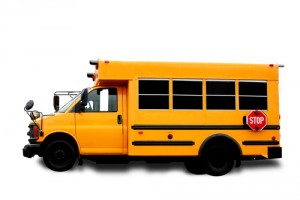Rebuilding For Learning

A poor, low-performing urban school district wanted to raise students’ math and reading test scores. The school district established a team to look at district data. They wanted to identify and address barriers to learning. Many students in school made some academic progress, but the school district realized that they needed a broader approach. They wanted to see greater gains. Many students dealt with significant personal issues that interfered with their learning at school. Students experienced poverty. They overworked and absent parents. Students also had emotional problems, including drug and alcohol abuse.
The school district implemented a School-Linked Mental Health program called Rebuilding for Learning to address a range of learning, behavior, and emotional issues (Adelman & Taylor, 2008). Rebuilding for Learning consolidates and coordinates support services, including counseling, school prevention and intervention programs, and access to community resources. It brings support staff into classrooms to provide student support, rather than to pull students out of class to be counseled, punished, or suspended. The school sought to collaborate with community organizations, students, and their families in order to meet students’ and families’ needs. The school coordinated a variety of efforts to address student stressors. This included after-school programs that also provided bussing for students to get home after school. They provided a school wide mental health prevention and wellness curriculum. They also established drug and alcohol counseling and support groups.
After a few years, students’ test scores are on the rise. Students reported a stronger sense of competence, self-determination, and connection with others. They think of school as a place that is for them. It is not a place to avoid.
Source: Adelman, H.S., & Taylor, L. (2008). Rebuilding for learning: Addressing barriers to learning and teaching and re-engaging students. New York: Scholastic, Inc.

